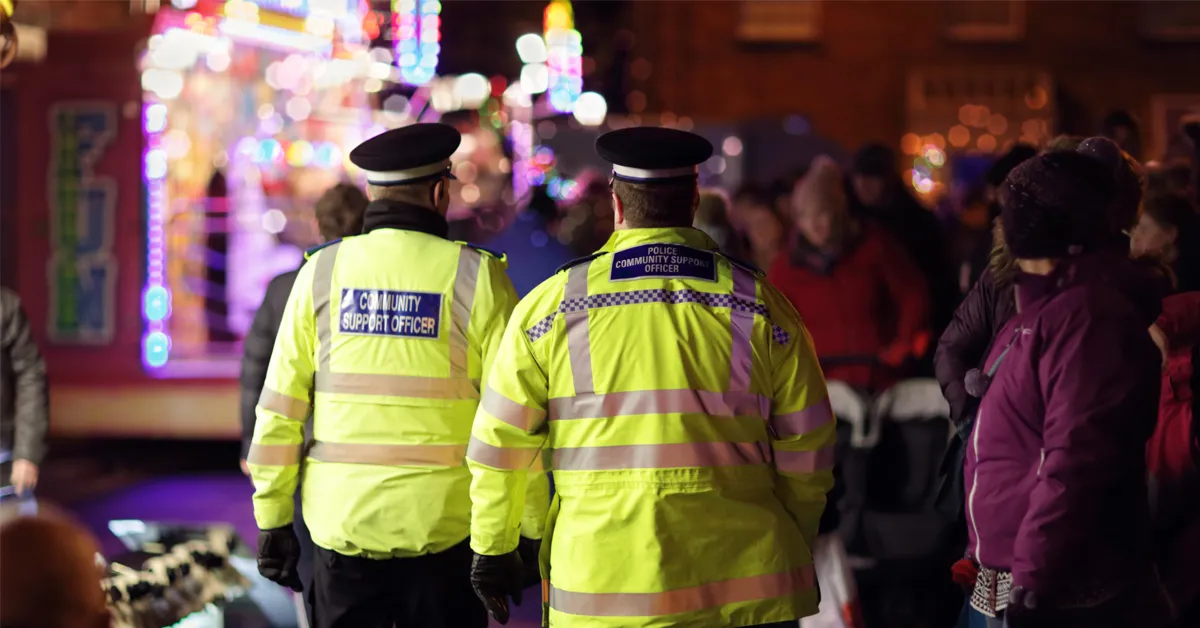
Ed Wallace, retired First Grade Detective from the NYPD, offers his opinion on the state of gun control in the wake of mass shooting events.
This past Valentine’s Day marked the one-year anniversary of the devastating mass shooting at Marjory Stoneman Douglas High School in Parkland, Florida. At the hands of a troubled ex-student armed with an AR-15 semi-auto carbine, the shooting led to the deaths of 14 students and 3 teachers, while injuring another 17.
From gun control and other legislation to various school board initiatives, many different steps have been taken. But, of these proposed solutions, what has our nation and schools actually implemented – and which ones are actually effective ideas?
The Advancement of Gun Control Laws
One of the first responses to this incident was a host of new gun control laws and other pieces of legislation, mostly at the state level.
Some of these new state laws and actions include:
- Raising the age of purchasing rifles and shotguns from 18 to 21
- Mandating a 3-day waiting period on the sale of rifles and shotguns
- Barring violent and unstable people arrested for certain crimes from owning guns
- Increasing funding for mental health services and reporting
- Improving the threat reporting process
- Instituting annual threat assessments for schools
- Establishing red flag laws, allowing authorities to petition a court to temporarily remove firearms from persons suspected of being a danger to themselves and others
- Banning Bump Stocks (they were not used in this particular incident, but in the 2017 Vegas mass shooting)
- Providing funding for schools to hire more School Resource Officers and Security Personnel
- Funding a “school marshal” program to arm teachers
On the federal level, Congress passed the 2018 Stop the Violence Act, which funded numerous school safety initiatives such as increasing metal detectors in schools and improving security training.
Though it is clear actions have started to be taken to combat the issue of mass shootings in our schools, many specific components of these acts are heavily debated. The conversation has heated up as other states consider their own forms of these bills to follow Florida’s lead.
In fact, recent legislation has been introduced concerning these laws passed in Florida that may actually repeal some of the more controversial pieces.
But, besides through time, how do we know if these laws will work? We lack comprehensive scientific data to conduct a proper analysis of the effectiveness of these “Gun Control” laws. Moreover, we’re missing the proper funding to conduct the needed analysis in the first place.
Based upon my 20-plus years of law enforcement experience, most notably as a Certified Senior Crime Scene Analyst for the NYPD, many of the more controversial “Gun Control” measures are vastly ineffective. They certainly don’t live up to the alleged impacts that politicians claim.
In a nutshell, they don’t work.
Why? Because, as with any other law, only the sane, law-abiding citizens follow them – the criminals never do. They find a way to break the law.
Most law enforcement professionals would recognize this issue as a “Captain Obvious” moment: of course, criminals break the law, so why would a new law stop them? But politicians don’t always consider the accounts of front-line police officers when crafting these laws.
With that said, what are we doing in other states? How can we institute real, nationwide change, beyond just “Gun Control” and beyond the individual state level, so that we are ready before another school shooting takes place?
Perhaps these efforts must start in the schools, first.
School Board Initiatives
School boards have enacted numerous initiatives, from architectural changes to their buildings to active shooter planning and drills with law enforcement. These efforts are a good start, but I believe we need to strictly define a multi-faceted action plan in our schools to prepare for the worst-case scenario, like so:
- Increase the security of the school to try to keep the potential shooter from getting inside in the first place.
- If the shooter gets in, armed assets, law enforcement, private security, or school employees need the ability to isolate, trap or slow the shooter’s movements.
- Classrooms need hardening to deny access and create safe spaces within. This hardening must include protecting from ballistic penetration of the walls, doors, and windows.
- As a final layer of defense, we must allow the teachers locked down in their classrooms with their students access to firearms, to protect their students and themselves, should the shooter defeat the classroom entry defenses and make entry.
For more information on what can be done to secure our schools, the U.S. Department of Justice’s National Institute of Justice (NIJ) sponsored a study on school security titled, A Comprehensive Report on School Safety Technology.
The report examined the technologies being used at the time, how they are used and chosen and how well they work. The purpose of the study was to provide context for school officials to make informed decisions about technology choices to increase school safety.
Prepared by a grant issue in 2013, the report was copyrighted and released in 2016 – well before the 2018 Parkland Shooting.
But are school boards aware of this report? If not, why? They should be looking at the findings and recommendations found in this report to protect their schools.
There is no reason to reinvent the wheel: much of what needs to be done has been studied and vetted.
Additionally, there are free courses on active shooters and school safety, sponsored by the US Department of Homeland Security, that can be delivered to law enforcement agencies. School boards can obtain funding for initiatives through state and federal grants.
If you are a law enforcement officer who may have to respond to a school shooting, are you getting trained for this type of response, and do you know your agency’s plans for active shooters at the schools in your jurisdiction?
If you answered no to any of these questions, I must ask, why? What are we waiting for? Parkland is not the first such school mass shooting.
These tragedies will continue if we don’t take the time, effort, and monies needed to take serious action now.
There is no excuse for inaction.
The Bottom Line: We Need More Than Gun Control Laws
We must be honest with ourselves and recognize that we are never going to be able to stop these incidents in their absolute entirety.
Unlike what many believe, this is not just a “Gun Control” issue. Take away the firearm and the weapon will change, as is evidenced in the mass school attacks with knives in China.
There are a lot of societal issues associated with these crimes that need to be addressed in conjunction with gun control laws and school board initiatives.
Some of these other factors include: family breakdown issues, quality of education, mental health, bullying, anger management, gang, drug, and gun culture, economics, jobs, and the cheapening of life in our society as portrayed by movies, music, and video games.
Until we take a serious look at the synergistic impact of all of these issues combined and initiate corrective actions for these societal issues to the point we see tangible results of positive change, we are never going to reduce school shootings.
And until that time, we need to enact serious security measures to defend against and stop these attacks at our schools.




